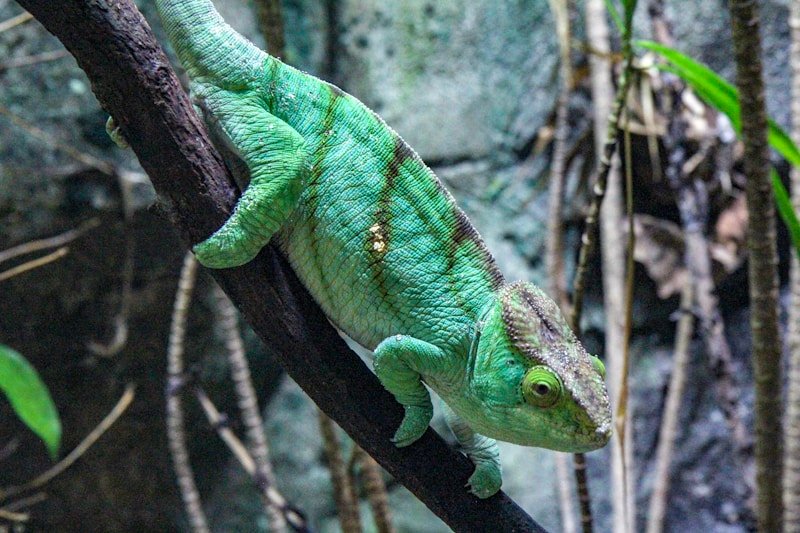Reptiles are fascinating creatures that have been around for millions of years. Their diverse species range from tiny geckos to massive crocodiles, each adapted to thrive in a variety of environments. Living with reptiles, whether in the wild or as pets, requires understanding their unique habits and habitats. This article explores the world of reptiles by examining their natural behaviors, environments, diets, and interactions with humans.
Understanding Reptile Behavior
Reptiles are ectothermic, or cold-blooded, meaning they rely on external heat sources to regulate their body temperature. This fundamental trait influences much of their behavior. Many reptiles are known for basking in the sun to warm up and then retreating to cooler areas when they overheat. For instance, desert-dwelling lizards often emerge early in the morning to soak up the sun before the heat becomes too intense.
Another key aspect of reptile behavior is their method of movement and defense. Some reptiles, like snakes, use slithering to move stealthily and catch prey, while others, like turtles, carry protective shells as a defense mechanism. Reptiles also exhibit various social behaviors; some are solitary, while others show territorial or even communal tendencies.
Diverse Habitats of Reptiles
Reptiles inhabit a vast range of environments across the globe, from tropical rainforests to arid deserts, freshwater rivers, and even urban areas. Each species has adapted to its habitat in unique ways. For example, iguanas are commonly found in rainforests and coastal areas where they can swim and climb trees, whereas desert tortoises have evolved to survive with minimal water and extreme temperature fluctuations.
Aquatic reptiles like sea turtles and crocodiles spend much of their time in or near water but come ashore for important life events such as nesting. Meanwhile, arboreal reptiles like chameleons and some geckos have specialized feet and tails to help them grip branches and navigate the forest canopy.
Understanding a reptile’s natural habitat is crucial for anyone interested in reptile care or conservation, as replicating these conditions helps maintain their health and wellbeing.
Reptile Diets: Carnivores, Herbivores, and Omnivores
Reptile diets are as varied as their habitats. Most reptiles are carnivorous, preying on insects, small mammals, birds, or fish. For example, snakes often consume rodents or amphibians, while monitor lizards may hunt birds and other reptiles. These predators play essential roles in their ecosystems by controlling pest populations and maintaining balance.
Herbivorous reptiles, such as iguanas and tortoises, feed primarily on leafy greens, fruits, and flowers. Their digestive systems are adapted to process tough plant material efficiently. Some omnivorous reptiles, like certain turtle species, have flexible diets that include both animal protein and vegetation depending on availability.
When keeping reptiles as pets, it is important to understand their dietary needs thoroughly. Providing a balanced diet that mimics their natural food sources is key to preventing nutritional deficiencies and promoting longevity.
Interactions Between Humans and Reptiles
Humans and reptiles have a long and complex relationship. In many cultures, reptiles have symbolic meanings ranging from wisdom to danger. Today, reptiles are often kept as exotic pets, but this requires commitment and education to ensure proper care. Captive reptiles need environments that simulate their natural habitats, appropriate diets, and regular health monitoring.
Conservation efforts are increasingly critical as many reptile species face threats from habitat destruction, pollution, and illegal wildlife trade. Protecting their natural habitats and educating the public about reptiles’ ecological importance helps foster coexistence and preservation.
Furthermore, reptiles can have practical benefits for humans, such as controlling pest populations and contributing to biodiversity. Understanding and respecting reptiles help reduce fear and misconceptions, promoting peaceful coexistence.
Living with reptiles, whether observing them in the wild or caring for them at home, offers a glimpse into an ancient and diverse branch of the animal kingdom. By appreciating their behaviors, habitats, diets, and the role they play in ecosystems, we can better protect these remarkable creatures and enjoy their presence in our world.

